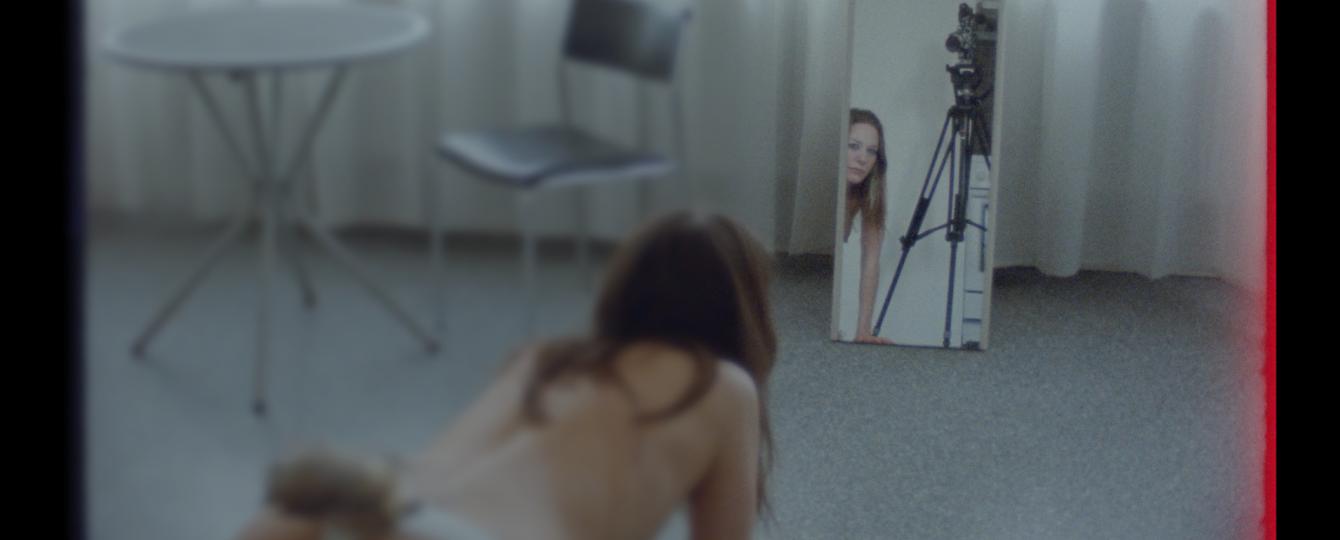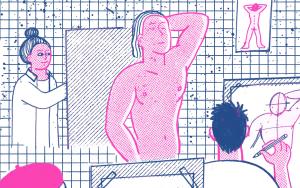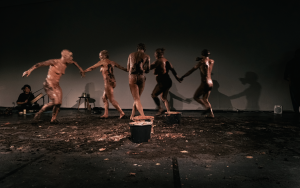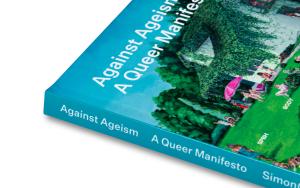14:00: start screening at Braem Pavilion (free admission)
14:30: drawing workshop at Braem Pavilion (ticketed event)
Interview with a Notorious Wild Cat (2021) is a video installation about a mysterious, gender-hybrid being; half human, half lynx. In a thirteen-minute interview, they share their experience of their own body. What does it mean to be such an in-between figure? And how does this being experience their body and femininity?
The work explores what it is like to live in a body that never fully belongs anywhere – feminine, animalistic, human, but never completely one or the other. It is a body in flux: something that shapes itself, grows, and searches for space. The being is trapped in a loop of 'otherness': they don’t truly feel at home in their body, yet they continue to explore it. It is at once alluring and strange, a source of both pride and shame, something that is never entirely fixed.
This installation invites viewers to see differently: to reconsider bodies, identity, and what it means to exist somewhere in between.
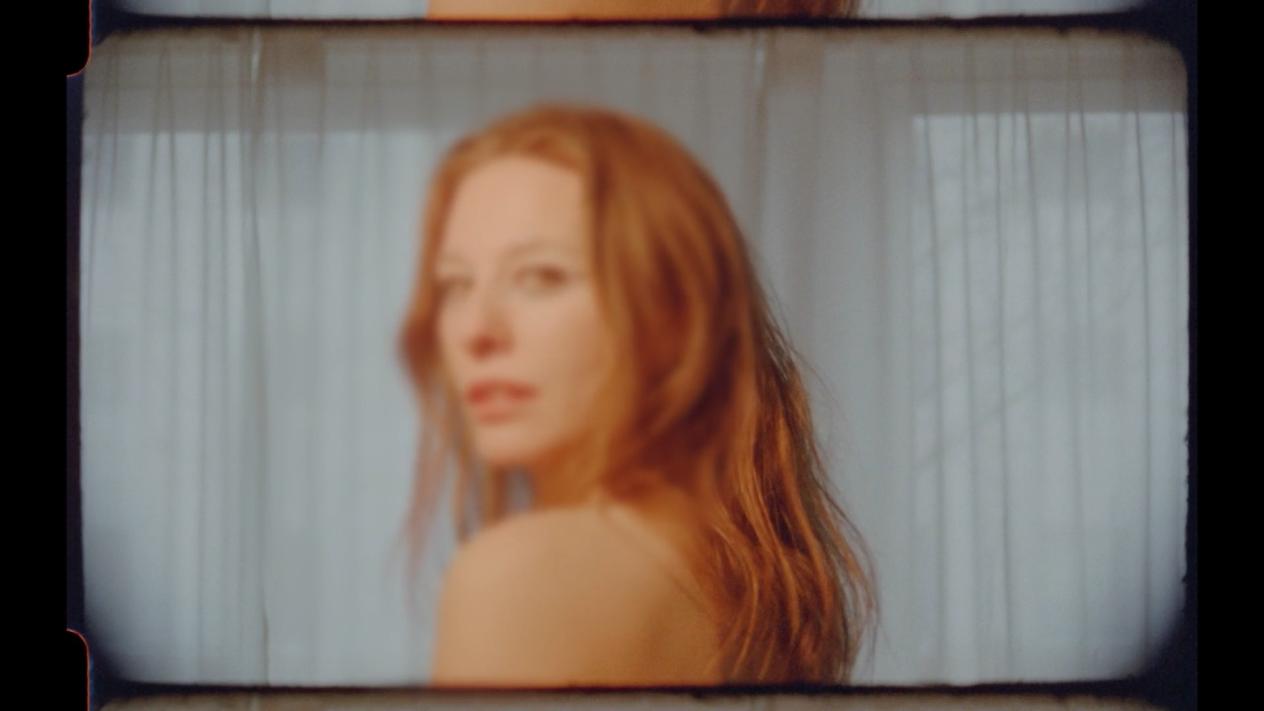 © Tristan Elísabet Birta
© Tristan Elísabet Birta
About the artist
Tristan Elísabet Birta is a performance and visual artist from Iceland. They graduated from Malmö Art Academy with an MFA in 2021, and previously earned a BA in Contemporary Dance (2013) and Visual Arts (2017) from the Iceland University of the Arts. Tristan lives and works between Reykjavík and Lisbon.
In their work, Tristan explores ideas around femininity, humanity, and the relationship between humans and other species. They approach this from a performative perspective, using their body and personal experiences as source material. Tristan works in various media, with a strong focus on performance and film. Their practice investigates the symbolic nature of cinematography within the context of historical narratives, blending genres and playing with recognizable styles. Cultural influences and family heritage form another important layer of their work. Archetypes and imagery from fairy tales and cinema appear as traces of identity. Tristan moves critically yet complicitly — and without guilt — in a world that shapes them; their aesthetics seduce, slow down, and simultaneously soften the sting of critique, if only briefly.


